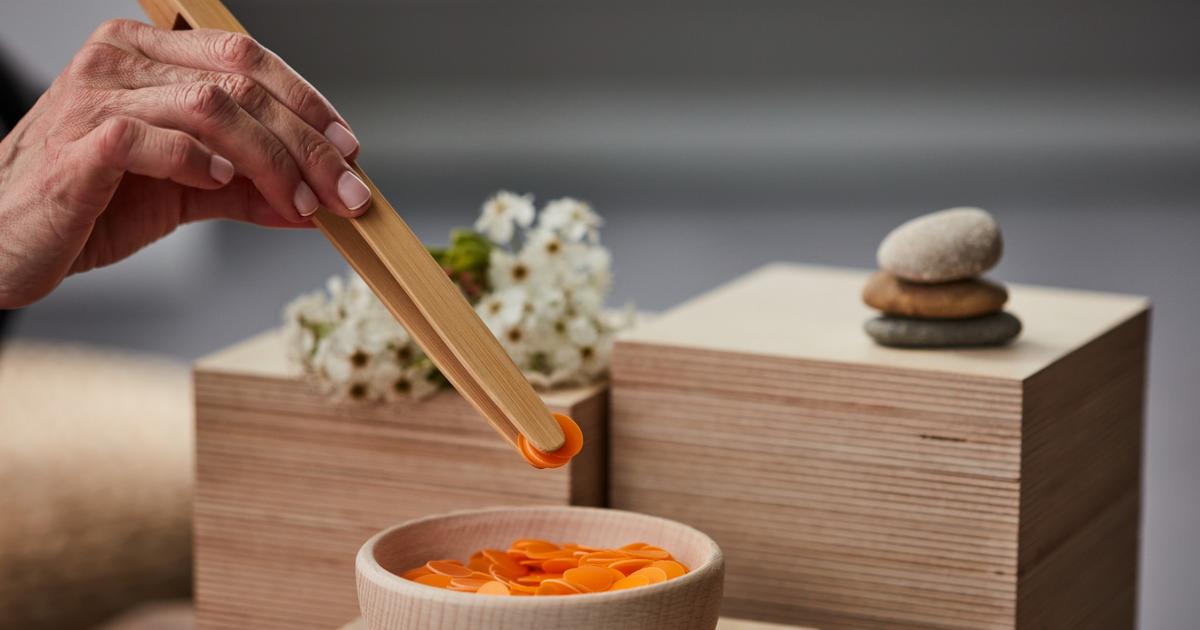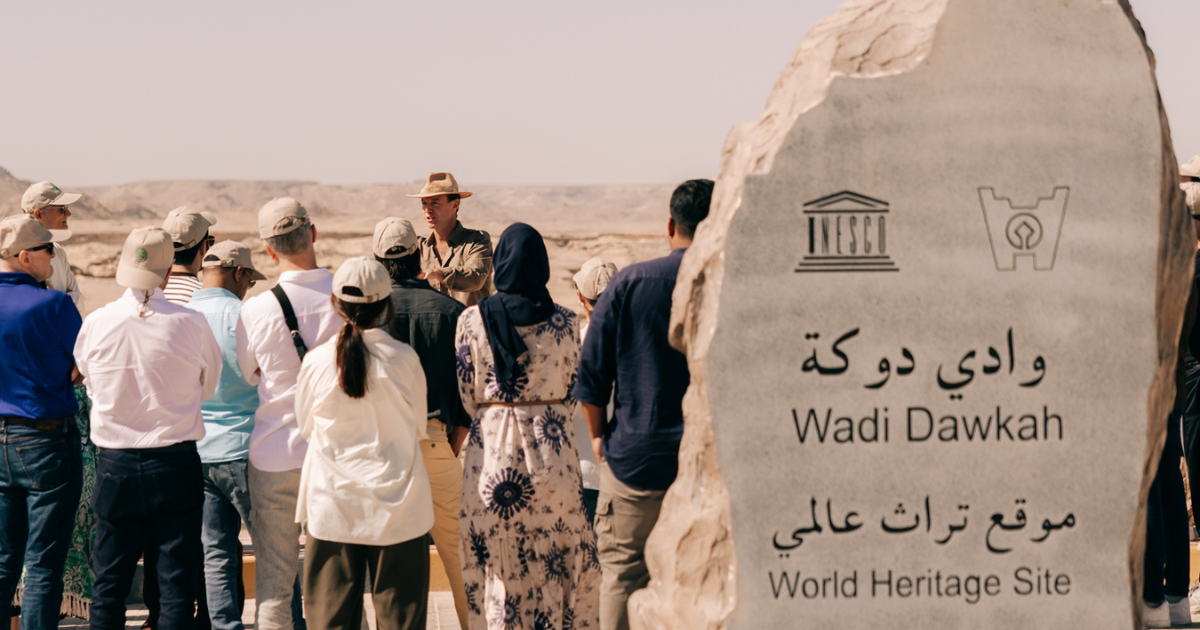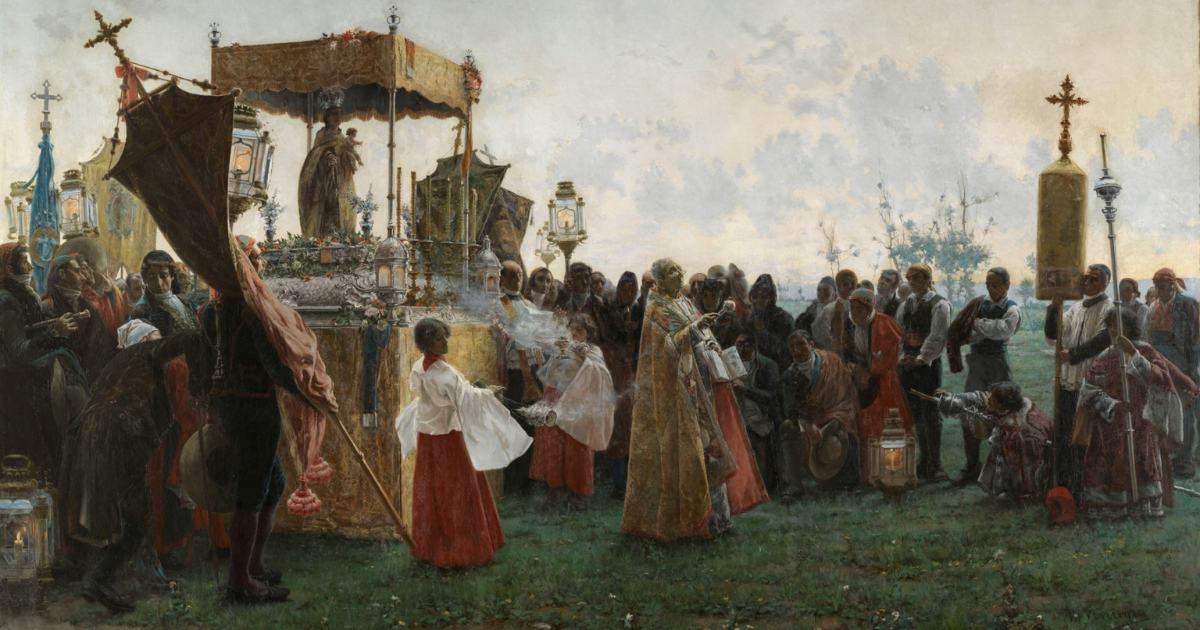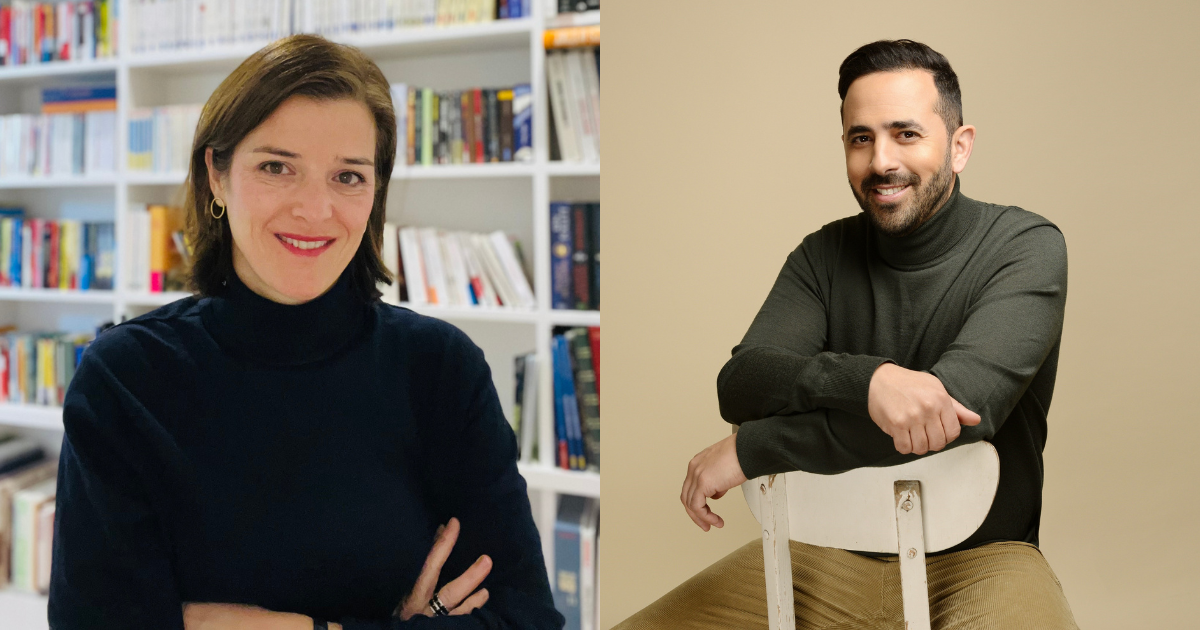Cette publication est également disponible en :
Français
Perfumery innovation covers various fields that are little known to the general public but part and parcel of daily life for fragrance house teams. Spain’s Eurofragance lifts the curtain on Innovation to Market, its applied research department. When we talk about innovation in perfumery we often think of the synthetic ingredients discovered in the second half of the 19th century that opened the door to new olfactory forms, helping to create a number of best-selling fragrances. Fragrance houses have been assiduous in their quest for invention ever since. New natural and synthetic raw materials are merely the tip of the innovation iceberg. Innovation occurs in many other fields that are often less visible and little known by the public. These fields are, however, part and parcel of daily life for many scientists, chemists, perfumers, evaluators and project managers working at fragrance companies.
Spanish fragrance house Eurofragance talked to us earlier in the year about how it develops captive ingredients. We were invited back to take an in-depth look at its applied research department, known as Innovation to Market.
Article written in partnership with Eurofragance.
Olivier Anthony, Global Research and Innovation Manager, provides the background to the creation of the department, explaining that until very recently in the perfumery world perfumers were entirely responsible for their formulas, “from olfactory profile right through to looking for solutions to technical problems.” These days, fragrance houses have set up applied research units where scientists study raw material performance and interactions, base formulation and how to integrate technologies. This work means perfumers can now “move beyond some of the limits that formulation imposes.”
The reality is that even the most expert perfumers cannot always fully tame an ingredient’s caprices, or modulate its impact or tenacity. Some of them are extraordinarily skilled technicians, but they are not magicians. “For many companies, the idea was to try to solve certain problems other than via the formula.” This led them to explore other avenues for controlling the physico-chemical properties of ingredients, so they turned to science and technology. Perfumers are of course still in command of the olfactory form itself, the notes, harmony, contrasts, and so on, but they can now count on the help of technical teams. “And this means we are introducing new ways of creating the fragrance, optimizing its tenacity, and combating bad odors.”
The mid-1970s saw the emergence of innovation departments to deliver scientific and targeted responses to perfumers’ needs. But it turned out that offering rational solutions for a formula could diminish a fragrance’s hedonic aspect. “The two approaches, purely scientific and purely aesthetic, were such polar opposites that companies had to devise a way to reconcile them: a team whose mission would be to harmonize technological solutions with creativity in perfumery.” This dilemma led to the appearance of new teams with the versatility and flexibility needed to complement fundamental research, a process embodied by the Innovation to Market (ITM) unit at Eurofragance.
ITM’s mission straddles science, perfumery and the market. Team members are matchmakers who speak the language of each discipline, similar to the way that evaluators act as the link between perfumers and commercial demands. “We carry out applied research and our primary goal is to help creative teams understand the opportunities that technology offers.”
Anticipating needs
Despite a history stretching back 35 years, Eurofragance is very focused on the on-going advantages of applied research. And its customers are very interested in the benefits of technological advances. ITM offers a wide array of options, including fragrance encapsulation, alcohol-free formulation, and integrating Eurofragance captives. This means the ITM team has to always keep a close eye on the market so it can understand and even anticipate consumer needs, collaborate with the marketing team to explore and define product claims, and then translate all this activity into technical terms that the R&D scientists will use as the basis for finding new solutions.
Myriam Terés, Eurofragance Innovation & Technical Fine Fragrance Category Manager for the last 19 years, sums up this mission as “applying our formulation expertise to maximize the magic of a scent.” In concrete terms, ITM’s work is divided into several tasks: providing daily technical support to internal and external customers (stability, formulation, and technical problem-solving), implementing technologies developed by in-house research, and extending the company’s knowledge of raw material and fragrance performance. “The sheer number of possible interactions between raw materials and application media or bases are so diverse that every day is a school day,” is how Myriam Terés describes the scale of the task.
The first experiments with innovation in fine fragrances, such as water-based fragrances, were often compared to conventional formulas, particularly in terms of criteria like intensity and sensoriality. New approaches were judged without any real attempt to assess the benefits they offered, such as lasting freshness. But progress in formulation science, occasionally calling on knowledge produced in other fields, effectively removed these difficulties, paving the way for new scenting practices to be created and adopted.
And while alcohol-free perfumery, to cite just one example, was at one time restricted to a minor export-only role, to meet demand in Muslim countries for instance, today it is feeling the benefits of a convergence between technological progress and changes in the market.
Liberating creativity
The market certainly has evolved. Where consumers once mistrusted formats that strayed too far from the traditional colorless, alcohol-based model, new consumer habits have emerged in recent years, liberating creativity at fragrance houses. “Consumers are better informed and more demanding, which means they are more open to novelty if it offers added value,” comments Myriam Terés.
Angéline Leporini, a Senior Perfumer at Eurofragance who works with the Innovation to Market unit, frequently faces the challenges created by demand for ever-higher levels of performance teamed with end products that offer multiple properties. “Younger consumers expect their care products to deliver a range of benefits, which is why we sometimes have to integrate our fragrances into formulas offering several properties.” This means that a fragrance can be subject to various technical constraints. Myriam Terés says that “a concrete example is fragrances demanded by our customers that are zero-alcohol, highly concentrated, and colorless or even transparent. To make the fragrance concentrate more water-soluble, since the usual solubilizing agents are ineffective in low concentrations, our teams use a micro-emulsion technology [microscopic droplets of a water-oil mix] that makes it easier to combine the scented concentrate with water, regardless of the concentration and olfactory profile of the product in question.” Just one of the many discoveries already applied to body and hair products and now increasingly popular in fine fragrances.
Pushing the limits
“This is the first year at Eurofragance where we’ve had such a specific focus on fine fragrances,” says Myriam Terés. “It’s a strategy we’ve chosen to make us stand out, and we’re putting a lot of work into giving our customers the chance to discover new formats and textures.” Other examples? Solid fragrances (wax-based) or powders that turn into cream on the skin. Angéline Leporini wraps up by saying that “it’s important we keep trying to push beyond existing limits so we can liberate fragrance from the confines of a uniquely aesthetic approach, and integrate it into the well-being sphere.”
In what has become a ferociously competitive market, the exponential rise in launches drives a perpetual quest for novelty on the part of consumers. Eurofragance is ideally placed to embody the academic definition of innovation: the constant search for improvement.
Photo : @ Eurofragance








Comments